Business is still vague
CBAM will officially apply in October 2023 to a number of products exported to the EU such as cement, electricity, fertilizers, iron and steel, aluminum and hydrogen. Although it has been announced for a long time, many businesses are still unclear about this mechanism.
One of the main reasons is the lack of accurate and complete information. Many businesses only have a basic understanding of CBAM but do not fully understand the detailed requirements or implementation roadmap.
According to Ms. Nguyen Hong Loan - expert of the Technical Support Project on CBAM Impact Assessment, businesses in the directly affected sectors have researched and prepared. However, the majority still do not fully and accurately understand this mechanism. This lack of understanding leads to ineffective responses, reducing the ability to respond positively to CBAM.
In addition, some businesses have rushed to deal with CBAM by purchasing carbon credits without going through formal information channels. This not only wastes resources but also exposes businesses to financial risks when the EU's requirements and guidelines on carbon pricing and credit offset mechanisms are still unclear.
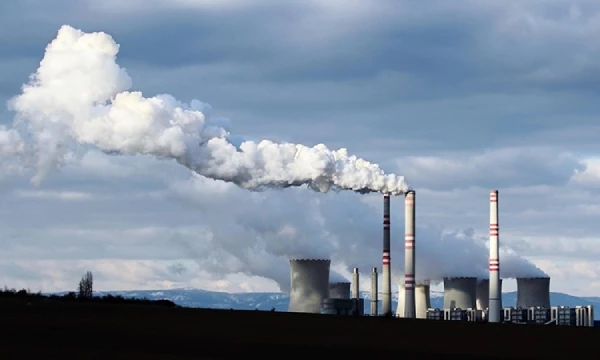
Many businesses only have a basic understanding of CBAM but do not fully understand the detailed requirements or implementation roadmap.
Sharing the same view with Ms. Loan, Mr. Hoang Van Tam - Department of Energy Saving and Sustainable Development, Ministry of Industry and Trade, said that many enterprises have approached this issue early, especially foreign-invested enterprises, but most domestic enterprises have not yet made proper investment in resources and human resources.
According to Mr. Tam, one of the biggest challenges that Vietnamese businesses face is the difference in regulations between the EU's CBAM and carbon emission-related policies in Vietnam. Vietnam has mechanisms and policies on carbon emission reduction, but these regulations are not fully compatible with CBAM. The calculation, scope of application and requirements of CBAM are different from current regulations in Vietnam.
“It is necessary to have coordination between specialized agencies of Vietnam and the EU in negotiating and agreeing on methods and ways of calculating carbon emissions to create official guidelines for Vietnamese enterprises,” Mr. Hoang Van Tam emphasized.
Mr. Tam added that CBAM requires businesses to conduct greenhouse gas emissions inventories and calculate carbon prices. However, establishing a database system that is scientific and verifiable is a big challenge for many businesses, especially small and medium-sized enterprises. Failure to conduct emissions inventories as required by CBAM could cause these businesses to lose the opportunity to export products to the EU market.
The steel industry is one of the industries that is greatly affected by CBAM. According to Mr. Dinh Quoc Thai - General Secretary of the Vietnam Steel Association (VSA), in 2023, Vietnam will produce about 20 million tons of crude steel, of which exports to the EU account for about 27%. With an export turnover of up to 8.9 billion USD, the EU is an important market for the Vietnamese steel industry.
"This is a very large and special market, so with the mechanisms affecting production output and export business, the steel industry must consult and research very carefully," said Mr. Dinh Quoc Thai.
However, according to Mr. Thai, not all businesses have enough resources to quickly switch to green production and reduce carbon emissions. To maintain market share in the EU, steel businesses need to promote digital transformation and apply advanced technology to optimize production processes, save energy and control emissions. This requires large financial investments, while not all businesses are capable of meeting them.
Accompanying businesses
Faced with challenges from CBAM, experts all agree that the State needs to provide stronger support to help businesses adapt.
Mr. Ngo Chung Khanh - Deputy Director of the Multilateral Trade Policy Department (Ministry of Industry and Trade), said that on August 24, the Government assigned the Ministry of Industry and Trade to preside over and coordinate with relevant agencies to develop and implement appropriate measures to deal with the CBAM mechanism.
The Ministry of Industry and Trade has proposed many solutions, including developing regulations related to carbon pricing, while increasing the dissemination of information and guidance so that businesses have an accurate and complete view of CBAM. The Ministry also proposed organizing direct training programs to help businesses prepare and understand the regulations on compliance with this mechanism.
Mr. Khanh emphasized that supporting businesses to reduce carbon emissions is a top priority, along with promoting green finance sources to help businesses soon switch to a more environmentally friendly production model.
In addition, the Ministry is also strengthening its connection with the EU, requesting a list of eligible consulting organizations as well as promoting negotiations to postpone the application of CBAM for some Vietnamese industries until after 2026. At the same time, the Ministry is also proactively participating in international forums to seek support and achieve more flexible commitments, in order to help Vietnamese enterprises adapt effectively to the CBAM mechanism.
Proactive change
CBAM is not only a challenge but also an opportunity for Vietnamese enterprises to improve their competitiveness in the international market. The transition to green production not only helps enterprises maintain market share in the EU but also opens up opportunities to access other large markets. However, to achieve this, enterprises need to be well prepared in terms of both resources and strategy.
Expert Nguyen Hong Loan recommends that businesses should closely follow the EU CBAM implementation roadmap and determine appropriate steps based on their financial conditions and resources. Implementing greenhouse gas emissions inventories and building a transparent and accurate data system are prerequisites to meeting CBAM requirements and maintaining exports to the EU.
However, the biggest challenge remains changing the management mindset and production methods of enterprises. To effectively implement the roadmap to respond to CBAM, enterprises not only need support from the State but also need to proactively change production methods, invest in technology and human resources to meet strict requirements on carbon emission reduction.
Source: https://doanhnghiepvn.vn/kinh-te/doanh-nghiep-thieu-thong-tin-ve-cbam/20240917035411378


![[Photo] Buddha's Birthday 2025: Honoring the message of love, wisdom, and tolerance](https://vphoto.vietnam.vn/thumb/1200x675/vietnam/resource/IMAGE/2025/5/12/8cd2a70beb264374b41fc5d36add6c3d)
![[Photo] Prime Minister Pham Minh Chinh starts construction of vital highway through Thai Binh and Nam Dinh](https://vphoto.vietnam.vn/thumb/1200x675/vietnam/resource/IMAGE/2025/5/12/52d98584ccea4c8dbf7c7f7484433af5)



![[Photo] Prime Minister Pham Minh Chinh works with the Standing Committee of Thai Binh Provincial Party Committee](https://vphoto.vietnam.vn/thumb/1200x675/vietnam/resource/IMAGE/2025/5/12/f514ab990c544e05a446f77bba59c7d1)




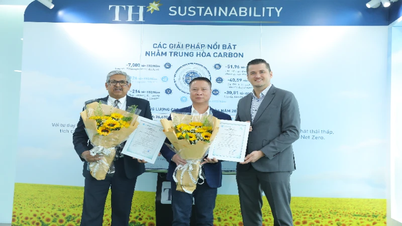
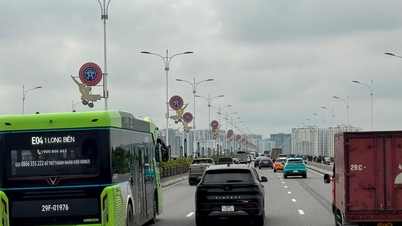

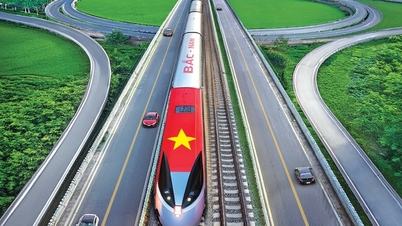

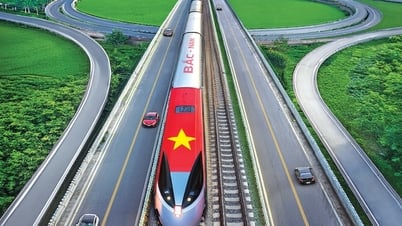










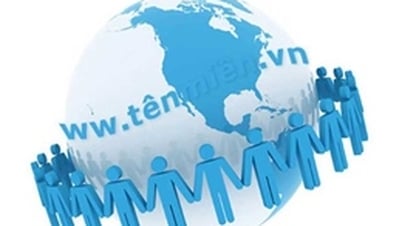

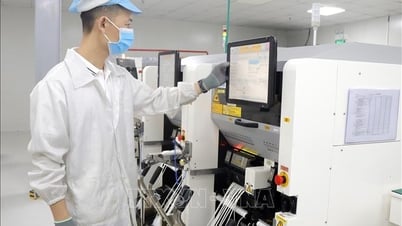

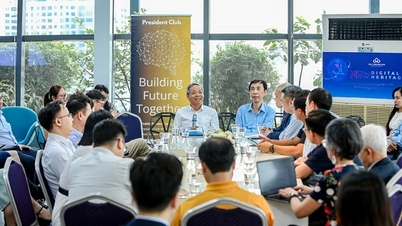





























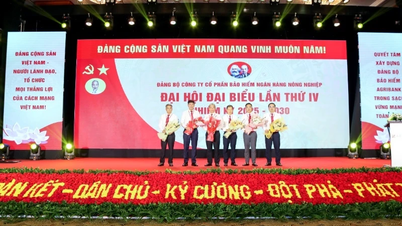
























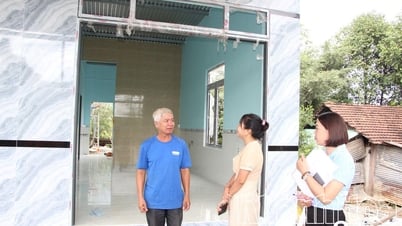

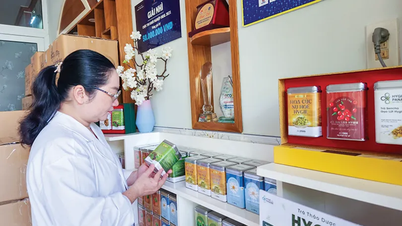

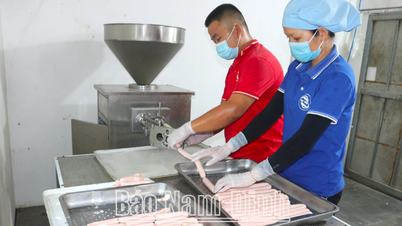



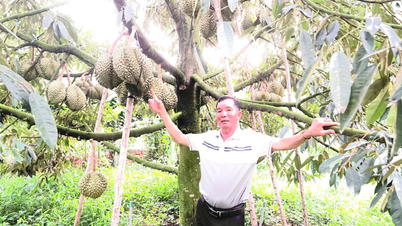




Comment (0)